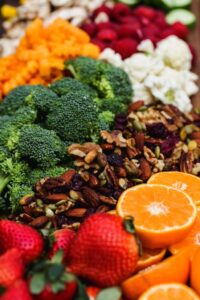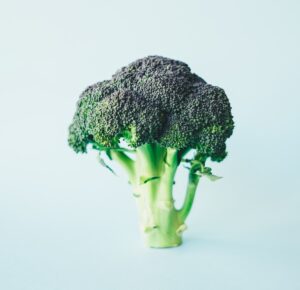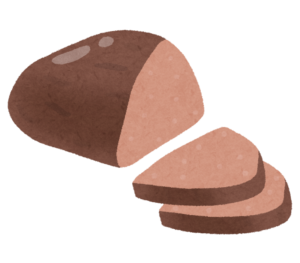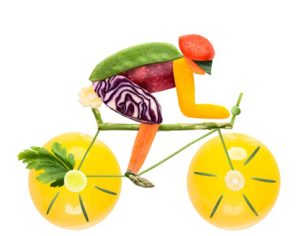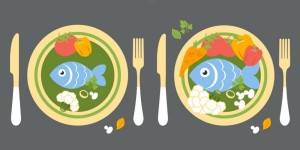1. Eat Small Amounts More Often.
Eat 5 or 6 small to medium size meals or snacks each day. Eating smaller portion more often will help your body to digest well and all nutrients from foods will be absorbed. To control appetite, it is important to regulate blood sugar levels. Blood sugar levels should not fluctuate a lot. They should be consistent. It helps to avoid huge swings in hunger and mood. Binge eating is very much emotional driven.
2. Eat glycemically correct foods. The less processed the better.
High gycemic index foods will quickly raise blood glucose level and make you crash quickly and feel sluggish. According to American Diabetes Association, Low Glycemic index is 55 or lower, Medium Glycemic index is 56-69 and High Glycemic index is 70 or more. Some examples of low glycemic foods are sweet potatoes, yams, green peas, black beans, oatmeal (not instant), peaches, oranges, apples, grapefruit, cherries. Some examples of high glcemic index foods are white bread, corn flakes, instant oatmeal, short grain white rice, russet potato, pumpkin, pretzels, popcorn, melons and pineapple. In general, the lower glycemic foods, the less processed foods.
The way a food is prepared affects glycemic index. For example, if pasta is slightly undercooked, it has a lower gycemic index.
Also, avoid high-fructose corn syrup (HFCS) as much as you can. Look at the label on the products if it has HFCS.
3. Eat a lean protein source and good fats.
Protein is responsible for healthy blood cells and enzymes, and helps immune system. Mark Verstegen from EXOS recommends that daily protein consumption should be between 0.6g and 0.8g per pound of body weight. For example, if your weight is180LB, amount of protein for a day is recommended between 108g to 144g.
Here is a rule of thumb regarding protein: “The less legs, the better” for protein. For examples, fish does not have leg and is a great source of protein; Chicken has two legs and has lean meat; four legged creatures have more fat.
Fat is important for your body and health. However, you have to be careful what type of fat you consume. Unsaturated fat is better than saturated fat. Saturated fat increases cholesterol levels. Examples of unsaturated oil are olive oil, canola oil, flaxseed oil and fish oil. Omega-3 and Omega-9 are good for your health.
4. Eat breakfast everyday.
Breakfast is the most important meal of the day. When you wake up in the morning, your body is in a fasted and dehydrated state. You need to give nutrition and energy to your body before you start a day. Breakfast also increases metabolism and fuels the brain. If you do not have appetite in the morning, you might eat too late or too much a night before. You might want to look at time and amount of your dinner. Breakfast does not have to be a sit down, cooked meal. It can be granola bars, orange juice, chocolate milk or smoothies. Some literatures say that eating breakfast helps to reduce weight.
5. Add supplements such as multivitamins and fish oil to your daily routine.
Have high quality supplements to support your nutrition. Ideally, you should have whole nutrients from foods, but it is not easy to do everyday. You should try to have nutrition from foods, but supplements will help to support your nutrition. We have high quality multivitamins and fish oil supplements. Please contact us about the products.
6. Drink water!
Consumption of water directly impacts on your aging process and health. A lot of part of your body is made up by water. Body needs water to have normal body functions. A easy way to find out if you are hydrate or dehydrate is to check color of urine. If the color is clear – lemonade color, you are hydrate. If the color is dark – apple juice color, you are dehydrate. Also, proper hydration regulate appetite and will help to lose weight. Try to drink 8 cups of water or 64-96oz of water a day.
7. Eat a lot of colors.
Eat as many kind of vegetables as you can. Try to have many different colors of vegetables: red, orange, yellow, green and blue/purple. It will help to have balanced vitamins and minerals. Each color has different vitamins and minerals.
References
Core Performance, Mark Verstegen
American Diabetes Association www.deabetes.org
Nancy Clark’s Sports Nutrition Buide Book, Nancy Clark, MS, RD



